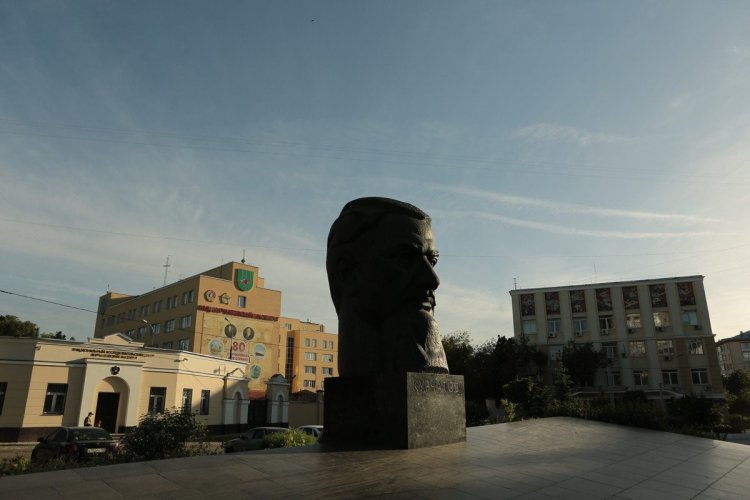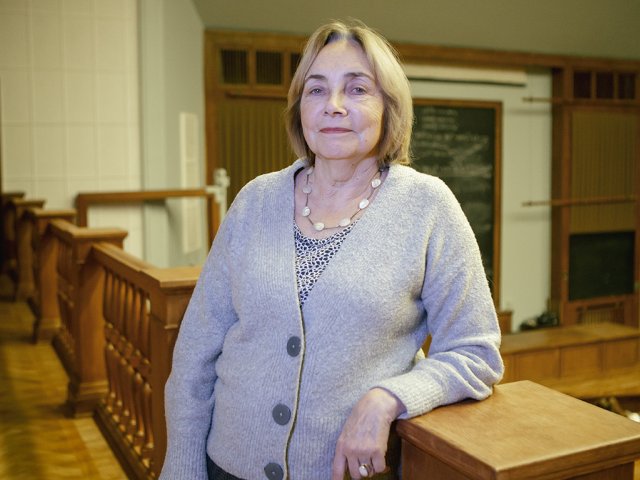Today it is known in Russia and abroad as the “Kurchatov Institute.” Yet when it was founded, the facility was called Laboratory No.2 of the USSR Academy of Sciences. The secret scientific center was listed in the documents as an “assembly shop,” and the uranium was called silicon. The order for the laboratory establishment was signed on August 14, 1943
In the middle of August 1943 Abram Ioffe, vice president of the Academy of Sciences of the Soviet Union, signed an order to transfer the first 10 people of the Kazan Branch of LIPT for permanent work in a secret laboratory in Moscow. Led by Igor Vasilyevich Kurchatov, they formed a basis of the first special Soviet atomic group whose main task was to create nuclear weapons.
Among other things, by the end of the 1943 the laboratory team had to get a few milligrams of uranium-235 using the ultracentrifuge, complete the construction of cyclotron and determine a number of values for uranium-235 and uranium-238: it was necessary to know them for the construction of a boiler and a bomb. These tasks were to be accomplished by the first ten members of the lab.
Physicist Venedikt Dzhelepov worked on the cyclotron. Later, he would recall the beginning of his work in the laboratory: “Kurchatov used to rush us... He would often work together with us and then go to the Kremlin or to the ministry late at night for a regular meeting. That was his way of working. He would delegate some important work to others, while being fully and very specifically informed about the current state of affairs; he was very skillful and efficient in helping us overcome difficulties.”
Academician Anatoly Alexandrov, who participated in the creation of atomic weapons since 1943, said that the year of signing the order to establish the laboratory was decisive, not only for the war, but for the atomic problem solution, too.
The laboratory was transformed into the Institute of Atomic Energy of the USSR Academy of Sciences in 1956. After the death of Igor Kurchatov in 1960, the institute was named after him. Today it is called “National Research Center Kurchatov Institute.” The team of the former secret Laboratory No.2 were the first to develop unique technologies in many aspects. These include the first cyclotron in Moscow, the first nuclear reactor in Europe, the first Soviet atomic bomb, the world's first thermonuclear bomb, the world's first industrial nuclear power plant, and the world's first nuclear reactor for submarines and nuclear icebreakers.
Photo: Olga Merzlyakova / «Scientific Russia»
Based on the articles of National Research Center Kurchatov Institute, Govorit Moskva






















